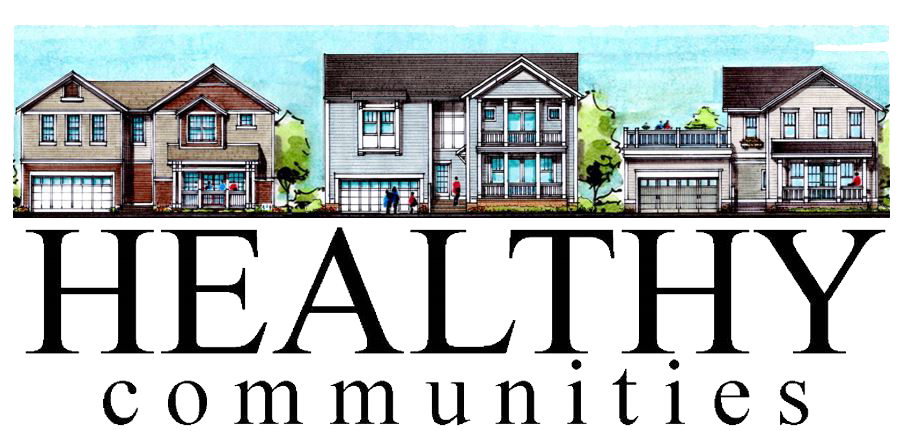Community solar offers a way for residents and businesses to access clean energy at no additional cost. Solar arrays are installed in a central location, providing environmentally friendly energy without the expense or hassle of solar panels. You might think of it like a community garden, as it’s sometimes referred to as community solar garden. If you have questions about the benefits of community solar arrays, read on to learn more.
Cost
When you invest in rooftop solar, you foot the bill for the panels and installation. This has a high upfront price of around $12,000 on average, even after all federal rebates have been factored in. That said, even with rooftop solar, you will see a cost savings year over year, as your energy bills will be far lower.
Community solar arrays offer a cost-effective alternative. Subscribers can sign up at no additional cost. Many also offer cancellation for no additional fee.
How community solar gardens work
These solar arrays are typically built by developers on vacant land. Developers need willing customers to sign up before they build solar arrays. You can subscribe to a community solar plan without switching utility costs and see immediate differences in your electric bill.
The way it works is that your electric bill is matched to a share of a solar farm that offsets the energy you use. The solar panels generate electricity every day, and then distribute that power throughout the grid. You pay for the power at a discounted rate. Customers typically see a savings of about 10 percent on their energy costs.
Who community solar is good for
If you’re interested in having 100 percent of your electricity delivered via solar, you may want to invest in rooftop panels. Over the long run, you will save more.
But community solar offers an accessible alternative that doesn’t involve hefty installation fees. It’s also available to people who live in apartments or condominiums, and who aren’t permitted to add solar panels. The goal of community solar gardens is to make solar power accessible to everyone.
Why community solar customers receive two bills
About a third of all states have policies allowing for the growth of community solar projects, according to the U.S. Department of Energy’s Office of Energy Efficiency and Renewable Energy. This legislation allows companies and utilities to build these projects, which are often located off-site from the utilities’ main locations.
Solar subscribers in these states typically receive two bills. One charges the customer for solar credits per the details of their program, and the second shows the discounted rate they pay for their energy bill.
If you’re interested in sustainable building practices, it’s time to find out what Healthy Communities has to offer. We’re building energy-efficient homes using green building products. We’re a full-service home builder and home design firm ready to help build the custom home of your dreams. Our detailed, people-centric approach to building separates us from the competition. Give us a call today to learn more about all we can offer you.
